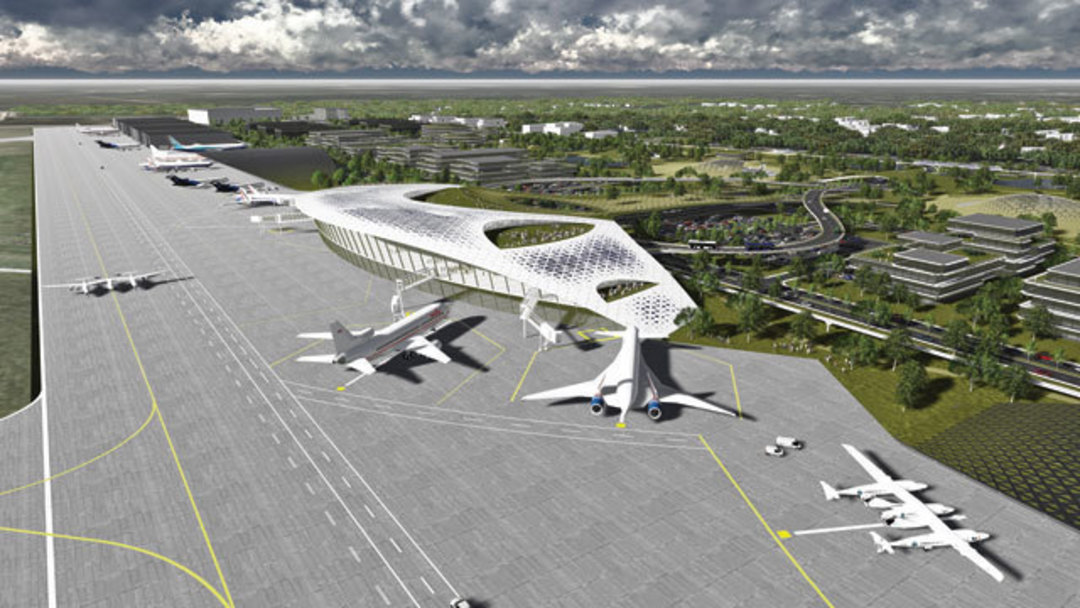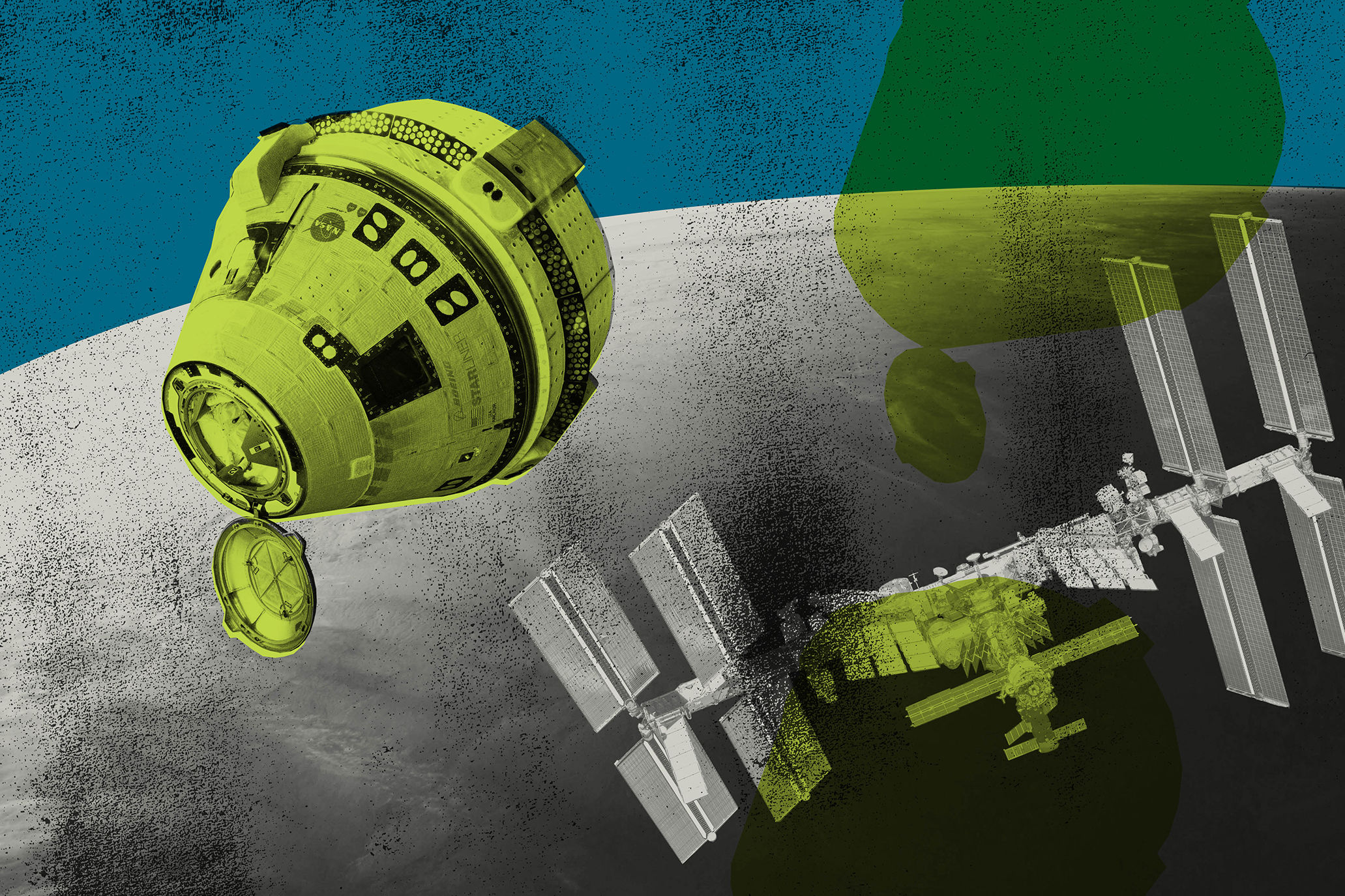The (Space)port of Houston?

Proposed Ellington Field spaceport. Courtesy of Houston Airport System
On October 17, the gates of the Johnson Space Center reopened and NASA’s employees returned to the business of space work, the government shutdown—messy, embarrassing, ultimately pointless—having ended. For 16 days, the Space Center had seemed like a ghost town. Once 3,000 furloughed employees were back at work, however, the place seemed, well, a bit less like a ghost town.
“Every American who went into space went through Houston,” astronaut Walt Cunningham (Apollo 7) told us, speaking wistfully of NASA’s glory days, when the space shuttle program made the Center a power hub. And when the program was killed, media headlines focused on the 4,000 jobs that evaporated overnight, not Houston’s rightful claim to the title Space City, though that evaporated too.
Which is odd when you consider that manned spaceflight was born right here, on a 30,000-acre ranch where longhorns once grazed and deer wandered at sunset. Just a few years after the pasture was paved, Neil Armstrong was name-checking Houston on the moon, and the city became a world leader in space science and engineering. No one then could have foreseen our fall from space grace.
But space itself is now a different animal and therein lies an opportunity. These days, the final frontier is now the final marketplace—zero-gravity medical experiments! tourism!—which is why eight localities petitioned and received spaceport licenses from the FAA (most, admittedly, with a space history not at all illustrious—we’re talking to you Jacksonville and Kodiak Island). Other licenses are pending; even Midland put in a bid. Wait, Midland?
“Houston needs to do the same things for the virginal commercial space industry that Jesse Jones did with the port,” says Wayne Hale, Jr., who managed NASA’s space shuttle program. “There is competition for the business and Houston will not get it through its historic connection.”
So, no, it’s not enough that we were once Space City, that we possess Tranquility Park and an underwhelming Challenger memorial. It’s not enough that a few astronauts wander into Mediteraneo for cocktails from time to time, or that Hollywood still alights on the Vomit Comet in Webster whenever it needs a weightlessness scene. Sentimentalism will only get you so far.
“Mario Diaz has a great vision,” declares Texas Space Alliance’s Wayne Rast. “He saw Ellington Field was a diamond in the rough.”
That vision, which Diaz, who heads the Houston Airport System, presented to City Council in July, involves “leveraging our existing (and unique) space community” to turn the forlorn Ellington into a futuristic air terminal with regular suborbital launches (maximum cruising altitude 328,000 feet). While he concluded that only horizontal and not vertical launches would be possible here (no trips to the International Space Station), there was palpable excitement among city councilmembers. They agreed to release monies so that licensing might be pursued (if there was still time!), environmental assessments conducted, and economic possibilities analyzed.
“I see a potential opportunity for our city,” Diaz told us. “We must stake our claim to keep Houston at the forefront.”
Rast is a bit more florid. “Houston is the lowest hanging fruit in the history of the planet,” he says. “It’s the Silicon Valley of the new commercial space industry. We’re in the barnstorming days of the early flying machines when the world thought they were crazy. Now the world will never be the same.”




